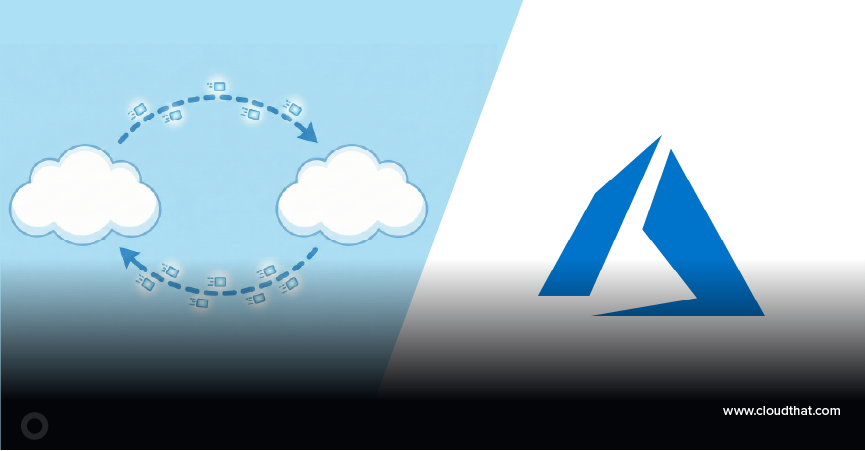|
Voiced by Amazon Polly |
Introduction
PostgreSQL has earned a reputation as one of the most feature-rich open-source relational database management systems. It supports many workloads, from simple web applications to complex analytical systems. Despite its strengths, PostgreSQL is not without its challenges. Engineers and database administrators often encounter issues requiring deep understanding and careful tuning. This article dives into several critical challenges in PostgreSQL and the solutions to mitigate them: index bloat, write amplification, replication overhead, data corruption risks, limited MVCC support on replicas, and upgrade complexities.

Pioneers in Cloud Consulting & Migration Services
- Reduced infrastructural costs
- Accelerated application deployment
Index Bloat
Index bloat is a common yet underappreciated issue in PostgreSQL. As rows in a table are updated or deleted, PostgreSQL’s MVCC system leaves behind old row versions, including their corresponding index entries. Over time, indexes accumulate dead tuples, obsolete pointers to data that no longer exists. These dead tuples take up space and degrade query performance.
Solution:
To combat index bloat, DBAs can tune autovacuum settings (e.g., autovacuum_vacuum_scale_factor and autovacuum_vacuum_threshold) to make vacuuming more aggressive. Tools like pg_repack can rebuild bloated indexes without locking tables. Periodically running REINDEX during low-traffic windows can also help. Monitoring bloated indexes using views like pg_stat_user_indexes supports proactive management.
Write Amplification
Write amplification occurs when the amount of data written to disk is significantly greater than the original data size. In PostgreSQL, this is due to MVCC, which stores multiple row versions. Every update creates a new tuple rather than modifying data, increasing write I/O.
Solution:
Reducing write amplification involves batching updates to minimize version churn and designing schemas to avoid frequent updates on large rows. Tuning autovacuum to clean up obsolete tuples more quickly and minimizing unnecessary WAL generation (e.g., using UNLOGGED tables for transient data) can reduce pressure on storage and improve write efficiency.
Replication Overhead
PostgreSQL supports both streaming replication and logical replication. While replication is essential for high availability and disaster recovery, it introduces notable overhead on primary and replica servers.
Streaming replication sends WAL records to replicas, meaning the primary must generate and ship every change, increasing CPU and I/O usage. Replicas, on the other hand, must apply those changes in near real-time, which consumes resources and can lag during high-load periods.
Logical replication adds even more overhead, especially when dealing with large volumes of small transactions. It requires parsing, decoding, and applying changes at the SQL level, which is more CPU-intensive and less efficient than binary replication.
Solution:
To manage replication overhead, offload analytical queries to replicas during off-peak hours, reduce WAL volume with wal_compression, and monitor replication lag using views like pg_stat_replication. For logical replication, group smaller transactions when possible to improve throughput. Setting appropriate WAL sender limits and tuning max_wal_senders ensures stable performance under load.
Data Corruption Risks
Although PostgreSQL is generally reliable, data corruption risks cannot be completely ignored, especially in systems with large-scale deployments or hardware failures. Corruption can stem from power outages, disk failures, kernel bugs, or filesystem inconsistencies. PostgreSQL does not have built-in checksums enabled by default (though this can be changed during cluster initialization), so silent data corruption might go undetected until it’s too late.
Once corruption occurs, recovery can be difficult. There is no native block-level repair tool; administrators often rely on backups or logical exports. While regular base backups and WAL archiving can mitigate data loss, the restoration process can be time-consuming, and identifying the root cause of corruption can be challenging.
Solution:
Enabling checksums during cluster initialization allows PostgreSQL to detect silent corruption. Using RAID arrays, ZFS, or cloud-native managed disks adds hardware redundancy. Automated, tested backup strategies are essential, including base backups and WAL archiving. Tools like pg_checksums and regular integrity checks can catch problems early before data loss occurs.
Poor MVCC Support on Replicas
PostgreSQL’s MVCC architecture ensures transaction isolation and consistency on the primary server. However, its support for MVCC on replicas is limited. Unlike other databases, PostgreSQL replicas are largely read-only and do not store transaction snapshots that allow consistent reads across multiple statements.
This means replicas cannot offer repeatable read or serializable isolation levels. Queries might return different results if run multiple times during replication lag or WAL replay. This limits the use of replicas for complex analytical workloads or applications requiring strong read consistency.
Solution:
To manage this limitation, route only stateless, short-running queries to replicas. Use connection pooling and middleware to direct consistency-sensitive queries to the primary. Consider tools like pgpool-II or Citus for read scaling, or rethink the architecture if complex reads from replicas are critical. These workarounds can balance read performance with consistency needs.
Conclusion
By proactively understanding and addressing these pain points, engineers and architects can make confident decisions that maximize PostgreSQL’s strengths while minimizing operational risk. With the right tools and practices, PostgreSQL can remain a powerful and dependable component of modern data infrastructure.
Drop a query if you have any questions regarding PostgreSQL and we will get back to you quickly.
Empowering organizations to become ‘data driven’ enterprises with our Cloud experts.
- Reduced infrastructure costs
- Timely data-driven decisions
About CloudThat
CloudThat is an award-winning company and the first in India to offer cloud training and consulting services worldwide. As a Microsoft Solutions Partner, AWS Advanced Tier Training Partner, and Google Cloud Platform Partner, CloudThat has empowered over 850,000 professionals through 600+ cloud certifications winning global recognition for its training excellence including 20 MCT Trainers in Microsoft’s Global Top 100 and an impressive 12 awards in the last 8 years. CloudThat specializes in Cloud Migration, Data Platforms, DevOps, IoT, and cutting-edge technologies like Gen AI & AI/ML. It has delivered over 500 consulting projects for 250+ organizations in 30+ countries as it continues to empower professionals and enterprises to thrive in the digital-first world.
FAQs
1. How can I tell if index bloat affects my PostgreSQL performance?
ANS: – You can detect index bloat using extensions like pg_stat_user_indexes in combination with the pgstattuple module. If the index size is disproportionately large compared to the table and the number of live tuples is much smaller than the total entries, you may be experiencing bloat.
2. Can PostgreSQL support zero-downtime upgrades?
ANS: – PostgreSQL doesn’t support native zero-downtime upgrades. However, logical replication or tools like pglogical can mimic near-zero downtime migrations by replicating data from the old to the new version in parallel before switching over.

WRITTEN BY Aehteshaam Shaikh
Aehteshaam works as a SME at CloudThat, specializing in AWS, Python, SQL, and data analytics. He has built end-to-end data pipelines, interactive dashboards, and optimized cloud-based analytics solutions. Passionate about analytics, ML, generative AI, and cloud computing, he loves turning complex data into actionable insights and is always eager to learn new technologies.


 Login
Login


 June 9, 2025
June 9, 2025 PREV
PREV











Comments